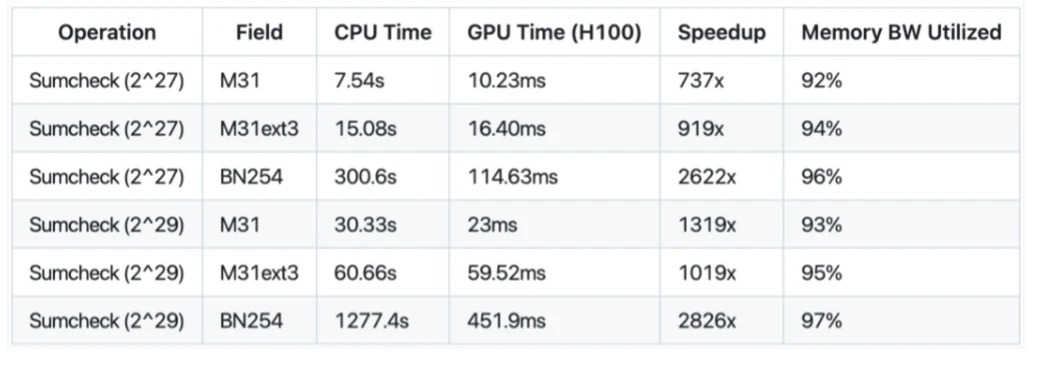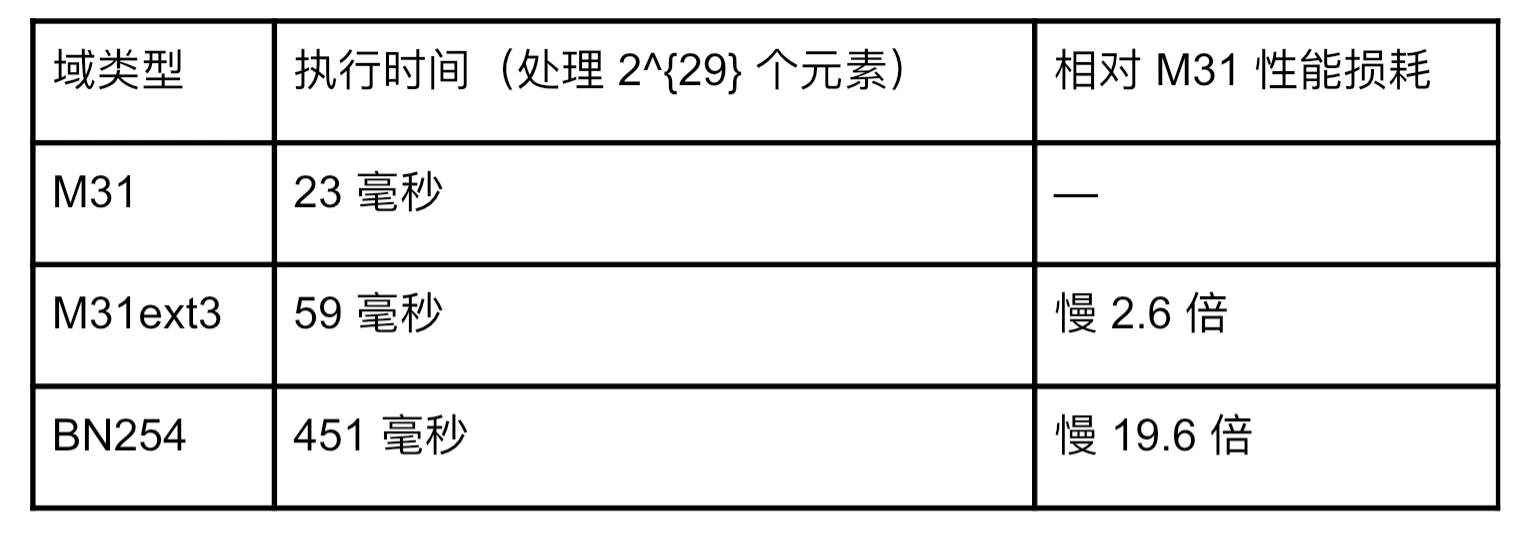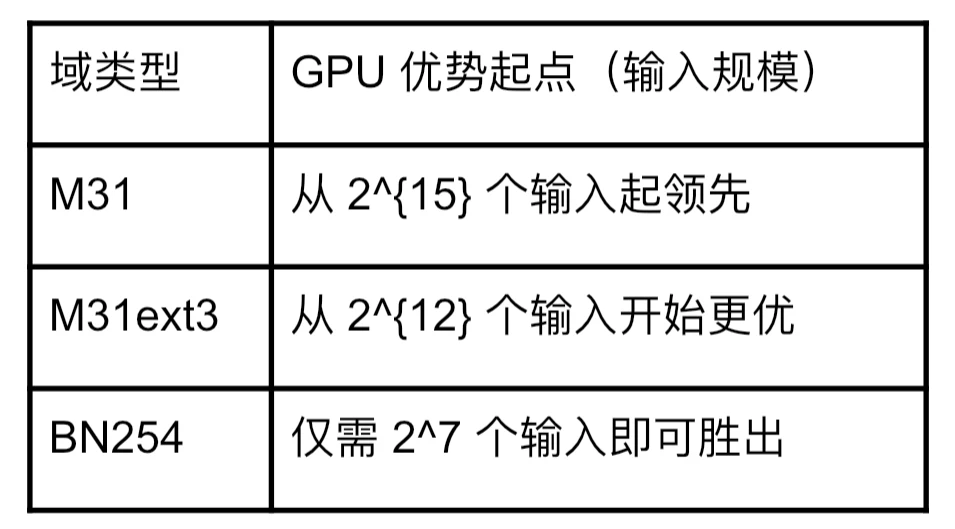This article will analyze a key technological breakthrough: through the combination of high-performance GPUs and zero-knowledge proofs, we are increasing Ethereums operating efficiency by hundreds or even thousands of times. This not only solves the long-standing performance bottleneck of blockchain, but also provides a feasible technical path for future Web3 infrastructure.
If you’ve ever wondered why Ethereum is slow and transaction costs are high, or if you’re interested in the key drivers of next-generation blockchain technology, this article will provide you with clear answers.
The Nature of the Problem: Why is blockchain like a highway with traffic jams?
Think of Ethereum as a highway. Today, all users and applications are competing for limited lane resources, resulting in network congestion, slow transaction processing, and high gas fees.
There are only two traditional solutions:
Build more lanes — that is, build Layer 2 networks (such as Rollups)
Make vehicles smaller — that is, compress transaction data
But what if there is a way to teleport vehicles instead of continuing to squeeze in the lane? This is exactly the paradigm innovation brought by Zero-Knowledge Proofs (ZKPs). Its core idea is: without transmitting all the transaction data itself, the authenticity of the transaction can be verified by generating a mathematical proof. In other words, we no longer need to let every car drive through the highway, but can directly verify that these cars have indeed reached the destination. This not only reduces the burden of data transmission, but also makes high throughput + strong security + trustless verification compatible.
The Verge: The next evolution of Ethereum
Ethereum is currently advancing a grand technical blueprint - The Verge, which you can think of as Ethereums slimming plan. The goal is to significantly lower the threshold for running an Ethereum node, making it as simple as running an App on a mobile phone. In the future, everyone will be able to easily join the Ethereum network without having to rely on a high-performance gaming computer.
But there is a key technical challenge behind this plan: it requires completing millions of complex mathematical calculations in a very short time.
This is exactly the breakthrough direction that the Polyhedra team is focusing on - how to use GPUs to accelerate large-scale ZK calculations and significantly improve execution efficiency while ensuring verification security.
Technical Challenge: This set of data will subvert your cognition
To understand the complexity we are dealing with, here is the true scale of Ethereum’s current on-chain operations:
Consensus Verification:
Each block contains approximately 90 million SHA 2-256 hash calculations and 2,048 BLS digital signature verifications.State Transition Proofs:
Each block requires about 500,000 Keccak hash operationsCurrent bottlenecks:
CPU-based zero-knowledge provers (Prover) can currently only process about 2 million Poseidon hash calculations per second
The real challenge is that we need to use zero-knowledge proof technology to complete all the above operations, which undoubtedly greatly increases the computational complexity.
Breakthrough point: GPU computing revolution
GPUs are well known to gamers and AI engineers, but in fact, these graphics processing units are far more capable than CPUs when it comes to handling the massively parallel mathematical calculations required for zero-knowledge proofs.
At Polyhedra, we have optimized the ZK proof system natively for GPUs and achieved groundbreaking performance:
Performance leap, far beyond expectations
Basic math operations (Mersenne 31 fields) are 362 times faster
Complex cryptographic operations (BN 254 elliptic curve) are accelerated by up to 2826 times
A zero-knowledge calculation that originally took 21 minutes has now been compressed to just 450 milliseconds
In other words, this is equivalent to your daily rush hour commute time being reduced from 20 minutes to less than half a second. This is not an incremental optimization, but a paradigm-level computing leap.
Why does this breakthrough matter to you?
Lower transaction costs: Faster proof generation means significantly lower overall computational costs, which in turn leads to lower gas fees. A win-win for both users and the network.
Stronger security: Remember when we mentioned that Ethereum has an annual security budget of more than $40 million? With our technology, light nodes can easily verify the entire Ethereum consensus chain and enjoy the mainnet-level security without huge resource overhead.
More popular node operation, mobile phones can also run Ethereum: Our continuous optimization of performance and efficiency is making it possible to run Ethereum nodes on ordinary devices. In the future, verifying blockchain data may only require a mobile phone.
Technical Core: How We Do It
1. GPU native design: CUDA optimized Sumcheck protocol
Our Sumcheck implementation based on CUDA fully exploits the parallel computing advantages of GPU:
Design custom CUDA kernels for number field operations (addition, multiplication, exponentiation)
Maximize GPU bandwidth utilization by using coalesced memory access mode (RTX 4090 measured bandwidth up to 1008 GB/s)
Use warp-level primitives to achieve efficient reduction operations (Reduction)
This level of deep customization allows the Sumcheck protocol to no longer be limited by the serial bottleneck of the CPU.
2. Memory is king: bandwidth bottleneck optimization The traditional view is that the computing bottleneck of ZK Prover lies in computing power, but our empirical evidence shows that Sumcheck is a typical memory bandwidth bottleneck problem:
Memory throughput analysis: Bandwidth utilization reaches 95%+ of the theoretical upper limit
Data structure optimization: Using Structure-of-Arrays (SoA) to replace the traditional Array-of-Structures (AoS) structure
Improved SM unit utilization: Optimized thread block configuration to achieve optimal hardware utilization
By solving the memory throughput problem, we turned ZK computing into a truly efficient streaming task.
3. Customized optimization strategies for different number domains
Different cryptographic fields have different operational characteristics. We have tailored optimization paths for each mainstream field:
Mersenne 31 (M 31): 31-bit integer optimization, efficient modular arithmetic structure
M 31 ext 3: Extended field support, taking into account polynomial expansion and low overhead
BN 254: Custom multiplier based on Montgomery algorithm, designed for 254-bit large integer fields
This highly targeted underlying optimization makes our ZK Prover both versatile and extremely efficient.
Performance data breakdown: Where optimization occurs
We did not just make it much faster, but pushed ZK performance to an unprecedented level. The following are the measured performance data:

Technical architecture revealed: the truth under the hood
GKR Protocol Stack: The Core of Acceleration
Our acceleration optimization focuses on the GKR (Goldwasser-Kalai-Rothblum) protocol, including:
Linear GKR layer: used to process addition and multiplication gates
Sumcheck protocol: performance bottleneck, accounting for nearly 50% of the total CPU computing time
Polynomial evaluation phase: Reduced computation time from 8.4 seconds to 9.5 milliseconds on GPU
GPU Core Design Detailed Explanation
Phase 1: Polynomial Evaluation
Parallel calculation on 2^n points
Use shared memory cache factor to improve access speed
Efficient reduction operations with warp shuffle
Phase 2: Challenge Generation
Perform Fiat-Shamir hashing operations inside the GPU to avoid frequent CPU-GPU switching
Reduce communication latency between CPU and GPU
Memory transmission optimization: opening up the last mile of data flow
We also made systematic optimizations in CPU-GPU interaction to ensure that bandwidth is not a bottleneck:
PCIe data throughput optimization: processing 2^{27} elements in only 737 milliseconds
Pinned Memory: Supports zero copy data transfer, reducing replication costs
Asynchronous operation scheduling: Computation and communication are performed in parallel to maximize resource utilization
Let’s be honest: Challenges still exist
We always insist on transparency - GPU acceleration is not a panacea. In the actual promotion, we also encountered many technical bottlenecks:
1. Memory bandwidth has peaked
Even though H100 has a bandwidth of up to 3.35 TB/s, it will become a performance bottleneck under high load.
In contrast, larger elliptic curve domains (such as BN 254) reach the top sooner than small domains (such as M 31).
2. GPU memory capacity is limited
RTX 4090 runs out of memory when processing 2^{29} elements
A sophisticated memory scheduling strategy is required in actual deployment to avoid overflow risks
3. Tradeoff between domain size and performance

4. “GPU Advantages” Comparison: When did it begin to surpass the CPU?

Cross-platform performance test
We performed benchmarks on different classes of GPUs, covering both consumer and datacenter grade hardware:
Consumer GPUs
RTX 3090: Memory bandwidth 936 GB/s, performance improvement up to 951 times
RTX 4090: Memory bandwidth 1008 GB/s, performance improvement up to 1565 times
Data Center GPUs
NVIDIA H100: Up to 3.35 TB/s bandwidth and up to 2826 times performance improvement
The conclusion is clear: memory bandwidth is the key variable in zero-knowledge proof acceleration.
Looking ahead: our roadmap
We are far from stopping, and we will continue to tackle the following goals:
More extreme speedups: Targeting 10,000x speedups for certain operations
Broader hardware compatibility: from high-performance gaming graphics cards to data center-level accelerator cards
Native Ethereum Integration: We are working with Ethereum client development teams to integrate our GPU ZK proof stack directly into the L1 layer
Join this wave of change!
This is not just a speed increase, but a complete reshaping of blockchain accessibility. No matter who you are, you can find a way to participate:
Developers: Check out our Expander and CUDA repositories to build the future together
Learners: Follow our research seminars and technology deep dives to keep up to date
Everyone: Spread this technology! The more people understand it, the closer the future of Web3 will be.
Review of core ideas
We are at an exciting technological turning point. The combination of zero-knowledge proof and GPU acceleration is not just a marginal improvement in performance, but a paradigm shift.
We are redefining the boundaries of speed, cost, and usability for Ethereum.
List of key technological achievements:
ZK Proofs for Production Environments Accelerate by Over 1,000 Times
GPU memory bandwidth utilization exceeds 95%
Open source implementation, ready for integration
The future of Web3 is not only decentralized, it’s also incredibly fast, and it’s coming faster than you think.
Which of these developments are you most excited about? Leave a comment or hit me up on Twitter; we’d love to talk in-depth about these technical details!
The future belongs to speed, and it also belongs to you. Until next time, keep building, not just fast!










